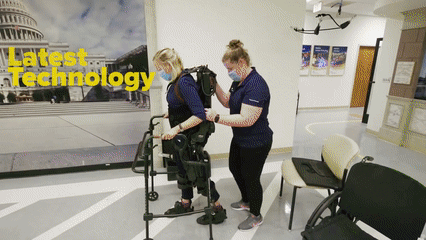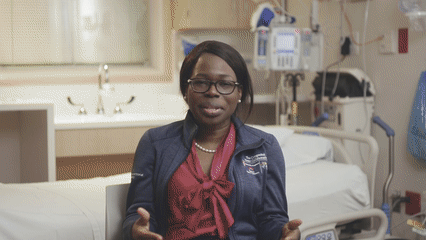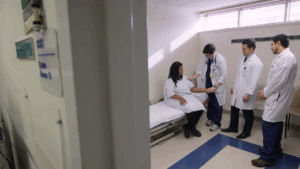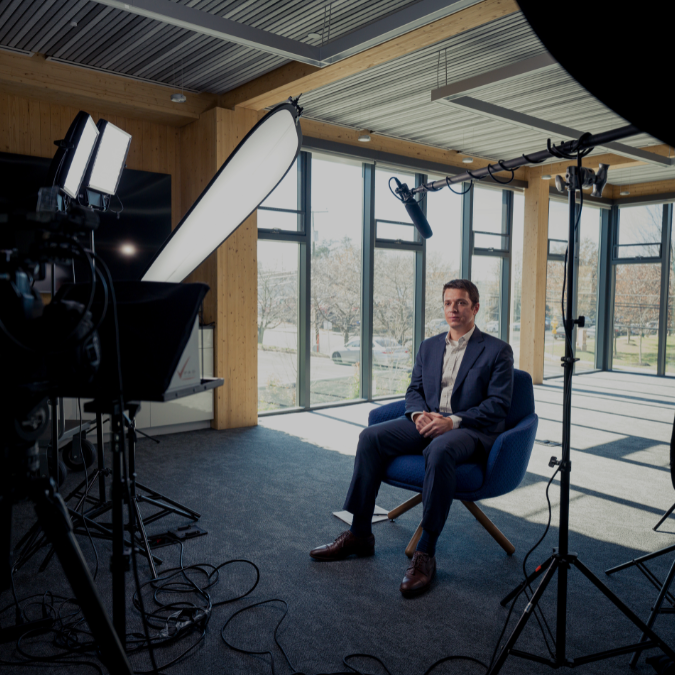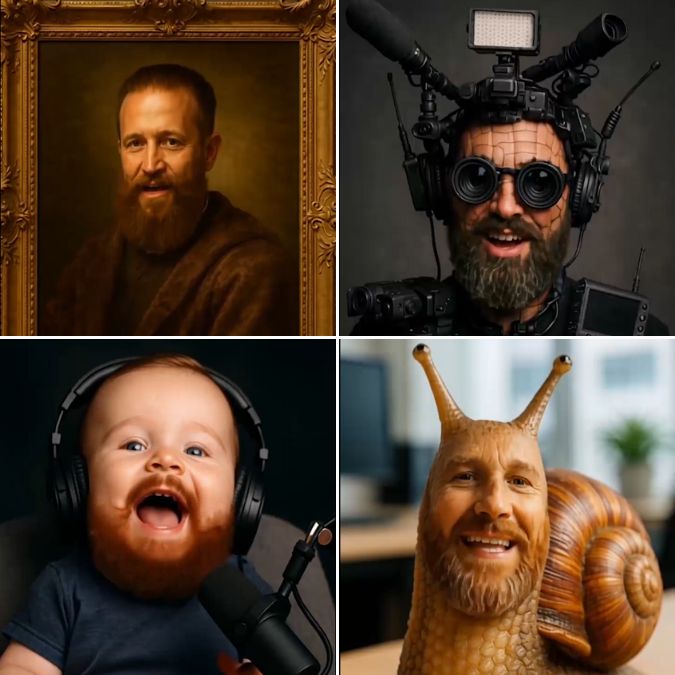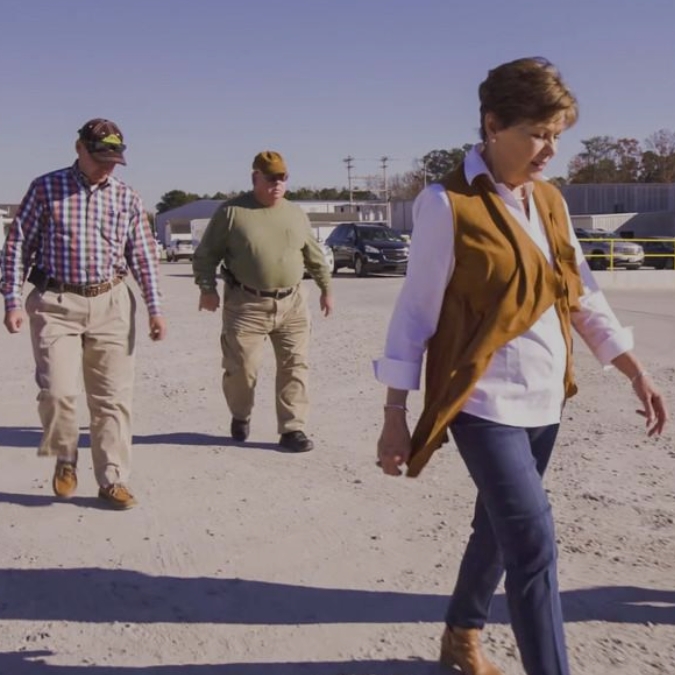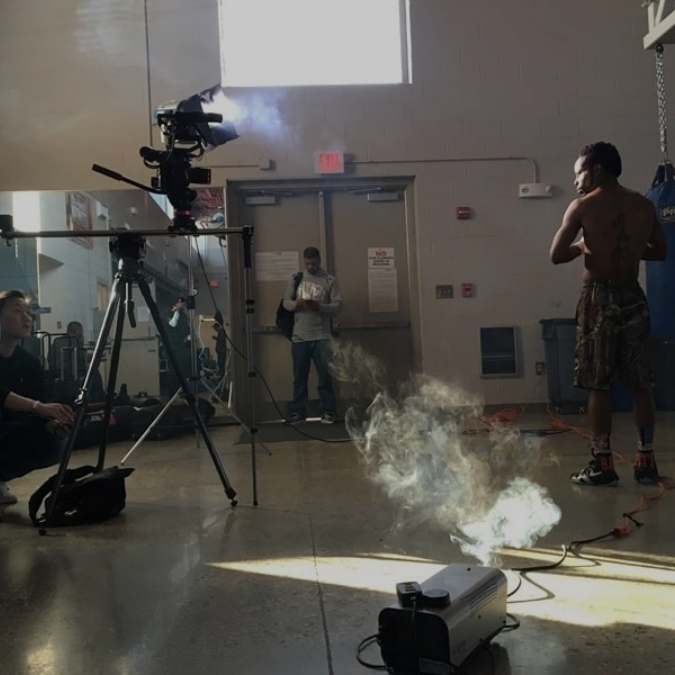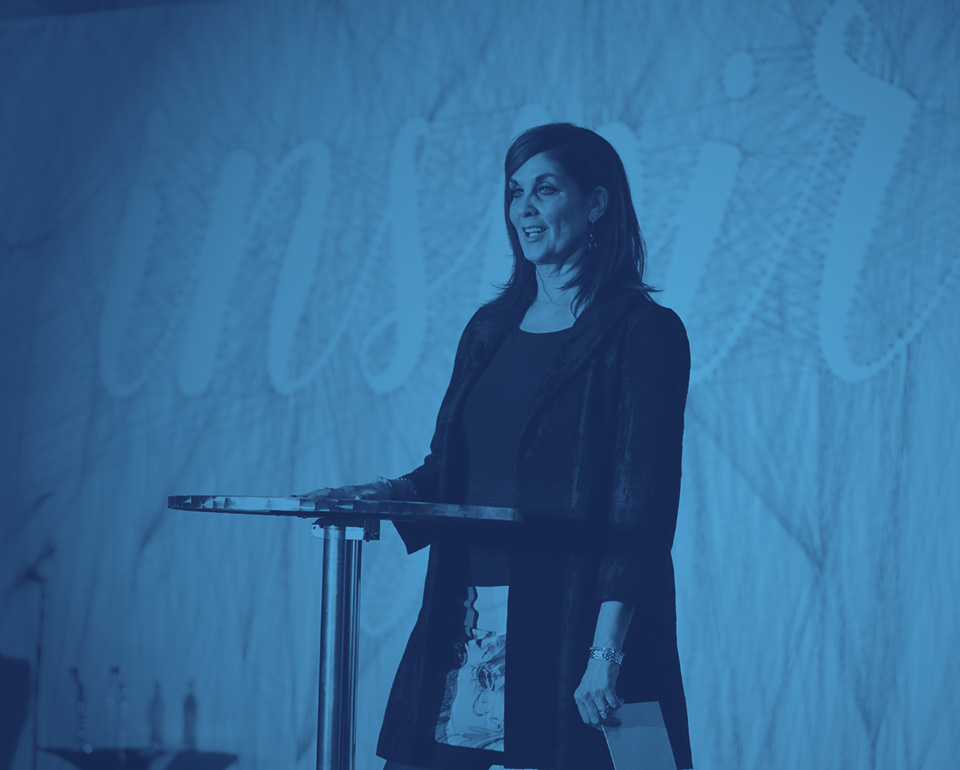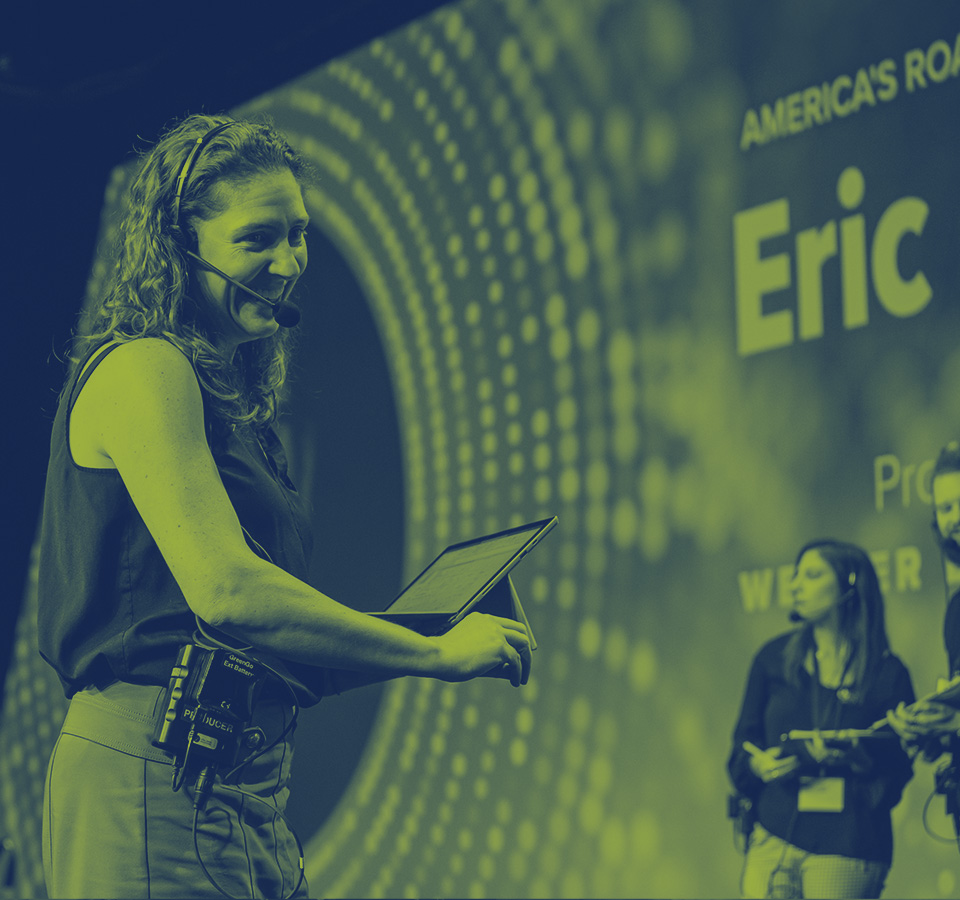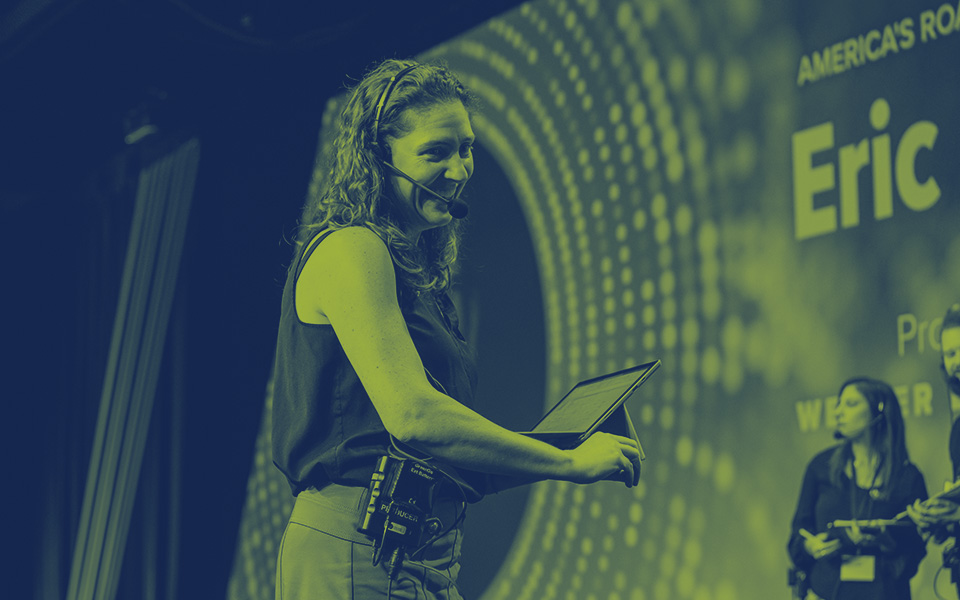How Video Helps Healthcare Organizations Earn Attention and Build Trust
Getting attention in healthcare isn’t easy. There’s a lot competing for people’s focus, the information can be complicated, and shifting public trust makes it even harder to break through.
Campaigns that break through tend to have one thing in common: strong video storytelling. When your message is grounded in clarity and human connection, it’s more likely to stick.
As a creative partner to healthcare teams across the country, we’ve gathered a few of our go-to strategies for using video to help campaigns connect and influence behavior.
- Share Patient Stories to Support Advocacy
- Use Animation to Explain Big Ideas
- Create Promotional Videos With a Clear Message
- Highlight Team Culture to Support Recruitment
1. Share Patient Stories to Support Advocacy
Patient testimonials give medical campaigns something they often lack: emotional clarity. If your campaign is centered on policy, funding, or public awareness, personal stories often reach people in ways that data can’t.
What tends to make these stories land?
- Keep things conversational and candid to build trust and feel human.
- Film in familiar, lived-in spaces to make the story more relatable.
- Add names, roles, and brief context so viewers can quickly connect.
- End with a clear, natural next step to guide action like learning more or contacting a representative. =
Where you can use these videos:
- Digital advocacy toolkits you share with partners and supporters
- Targeted email campaigns
- Landing pages or legislative resource hubs where context matters
- Social media, especially through paid placements that reach the right audience
See our partnership with Association of Women’s Health, Obstetric, and Neo-Natal Nurses (AWHONN) educate members on care equity.
2. Use Animation to Explain Big Ideas
In healthcare, people often need help making sense of complex information. Healthcare explainer videos give you a way to walk people through those details without overwhelming them. You can show what’s happening inside the body, demonstrate how a device works, or break down a process step by step.
To keep this content effective and accessible:
- Aim for a reading level around 6th to 8th grade so the script feels clear and easy to follow.
- Choose an animation style that matches how your audience expects to be spoken to.
- Offer multilingual versions if your audience includes people who speak more than one language.
Where animated videos work well:
- Digital ad campaigns, especially YouTube pre-roll or connected TV
- On your website or patient portal as part of your education materials
- In staff or partner training when you need to explain something clearly and consistently
View our clip “What is Hypertension?” from the documentary, “A Teachable Moment,” which explains the causes and risks of this diagnosis.
3. Create Promotional Videos With a Clear Message
Most awareness campaigns face the same challenge. You have something important to say, but your audience is distracted, scrolling, or just simply overwhelmed. The right creative turns your campaign into something people notice and understand.
To build strong promotional content:
- Produce a 30 to 60 second hero video that leads your campaign.
- Plan to capture extra b-roll so you can reuse it across platforms.
- Design video for sound-off viewing environments with captions and bold text.
- Create different versions like square, vertical, and short cuts for each platform.
Where to use this content:
- In paid social campaigns and display advertising
- On your homepage or campaign microsite
- At live events, conferences, or fundraising efforts
Watch our commercial for MedStar NRH, “Adding Life to Years®,” where we highlight the hospital’s renowned approach to rehabilitation.
4. Highlight Team Culture to Support Recruitment
A job description isn’t always enough to reach the right talents. Candidates want to get a sense of the culture, what the environment feels like, and whether it lines up with their values.
How to keep these videos grounded and relatable
- Film in real workspaces like clinics, offices, or labs. Familiar settings help people come across naturally.
- Avoid overly staged setups. Clean and simple is enough.
- Keep it short and easy to follow. That’s usually all people have the focus for.
- Add names, job titles, and how long each person has been on staff. It adds context and helps viewers connect faster.
Where to use them:
- On careers pages and job postings
- In recruiter emails and referral campaigns
- In targeted LinkedIn or YouTube ads
Watch how we helped the American College of Cardiology with a multimedia, three-part docu-series that spotlighted a new generation of cardiovascular professionals.
How To Make Your Video Content More Accessible
Accessibility plays a big role in how healthcare messages are received. When you consider things like language, hearing, or vision, it becomes easier for more people to engage with the content.
A few ways to make your videos more accessible:
- Include closed captioning or sign language interpretation
- Use large fonts and high-contrast colors in graphics and animations
- Say things simply. Use plain language that most people will understand the first time they hear it.
- Think about who’s on screen. Choose a mix of people that reflect your audience, not just your team.
Let’s Build a Campaign That Works Harder
At LAI Video, we help organizations across the healthcare industry turn complex ideas into stories that connect. Whether you’re building awareness, educating patients, or supporting recruitment, we’re here to help you do it with purpose.
If you’re looking for healthcare video production or need support crafting a multichannel video strategy, let’s talk.
Contact Us
FAQs
What is healthcare video production?
Healthcare video production involves creating content specifically for healthcare organizations, including explainer videos, patient education videos, promotional content, and training videos. It helps make information more accessible and campaigns more effective.
How can medical videos help with patient education?
Video is one of the clearest ways to explain medical concepts. Patient education videos simplify treatment plans, support better outcomes, and build trust between healthcare providers and the communities they serve.
How important is video quality in healthcare campaigns?
People notice when something looks and sounds off. If the video feels rushed or messy, the message can feel that way too. In healthcare, where trust really matters, good video quality helps people take you seriously.
Can video support fundraising efforts?
Yes, testimonial videos and impact-driven content can be used in donor outreach, grant proposals, and event materials. Storytelling helps connect fundraising efforts with real outcomes.
Does video production improve search engine optimization (SEO)?
Yes, video can increase time on site, reduce bounce rates, and improve visibility on both traditional and AI-powered search platforms. When paired with strong metadata and clear messaging, video content supports search engine optimization across your campaign.
Can you help with script writing and voiceover recording?
We handle the full process, from script writing to voice over recording to final edits. We’ll work with you to shape the message so it feels clear, consistent, and easy to use across different channels.
Are medical animation videos better than live action?
Not better — just different. Animated healthcare explainer videos are ideal for explaining internal processes, devices, or abstract concepts. Live action works well for patient testimonials and team storytelling. Many campaigns benefit from a combination of both.
What’s the difference between medical videos and medical animations?
Medical videos often use live footage of providers or patients. Medical animations use graphics to explain medical procedures, treatment options, or devices in a visual format.
What role does video play in delivering healthcare solutions?
Video helps communicate complex healthcare solutions in a way that’s easy to understand. From showcasing new programs to demonstrating how a product or service improves patient care, video is a flexible tool that supports education, promotion, and engagement




